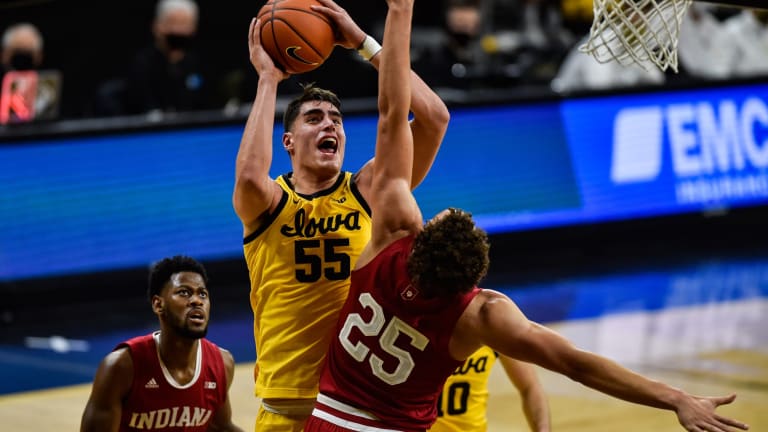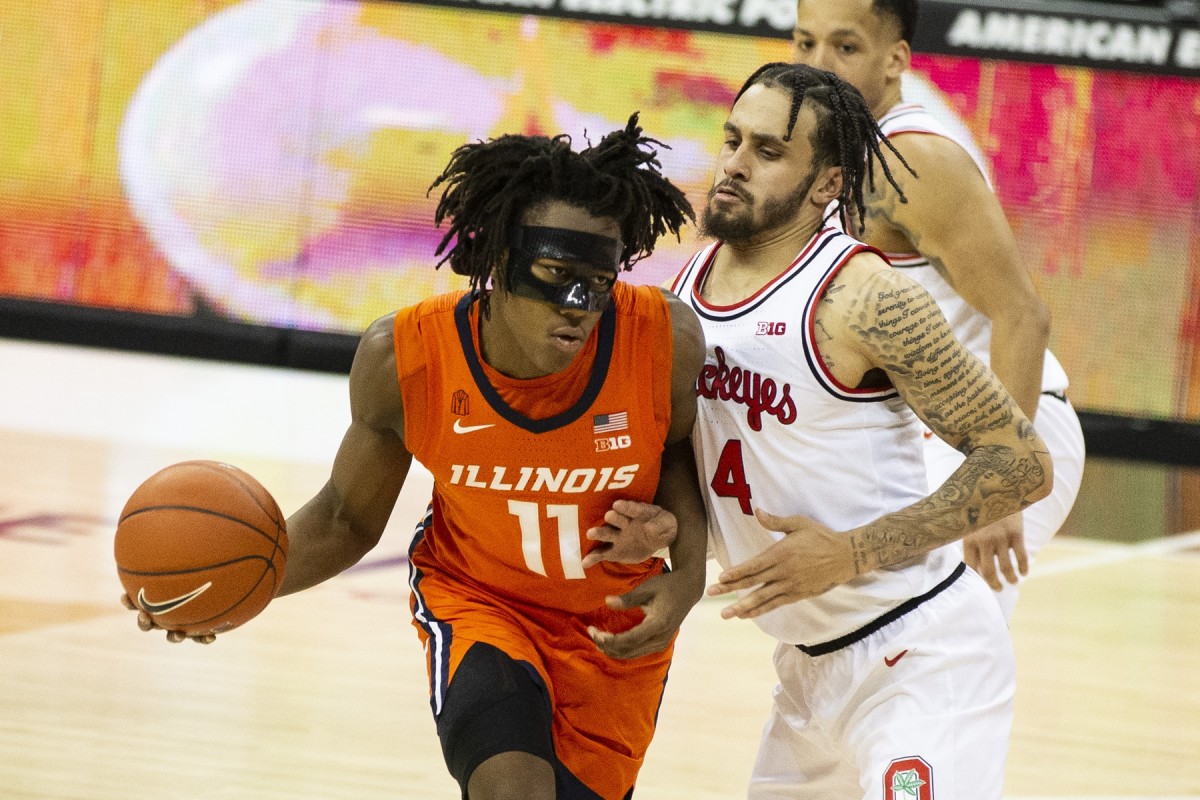
A Jersey Guy: March Madness Like No Other Event

Its back and we should be eternally grateful.
The 2021 NCAA men's basketball tournament is three days old and again has proved that when you talk about a sustained event—over a period of weeks—there is no greater spectacle in American sports.
Oh, you can argue Super Bowls and World Series, but that is only two teams with a narrow focus of interest.
On the bigger stage, there is World Cup soccer, which certainly can build into a frenzy, but it is spread over too wide a geographic area and in the United States, at least, it is more limited in terms of interest.
Or the Olympics which come closest to matching March Madness, but seldom has the build up to a dramatic climax.
What makes this year's version of March Madness special is that (because of COVID-19) we were deprived of it last year.
And COVID caused major changes during the regular season and has caused a massive change in format for the tournament, the most graphic being evidenced on Saturday when VCU was forced to withdraw from its first-round regional game against Oregon.
The No. 7 seeded Ducks will now move into a second-round West Regional game on Monday against No. 2 seed Iowa.
The major change, of course, is the site selection for the tournament, which is normally evenly spread in a large geographic footprint.
Not this year.
All of the games are scheduled to be played in the state of Indiana, which seems especially appropriate this season for a variety of reasons.
Indiana is arguably the most basketball friendly state in the country, as well as the site of the legendary move Hoosiers which is about a tiny underdog high school team, Milan, winning the state championship in 1954.
Ironically, three of the most successful programs in the Indiana basketball footprint, Louisville, Indiana and Kentucky, failed to make this year's tournament.
So the elements were in place this weekend for March Madness drama, which came through clearly on Thursday and Friday and is likely to continue on Sunday and Monday as we speed our way to the Sweet 16 round.
There were games played in historic Big Ten venues at Purdue and Indiana or games at iconic Hinkley Field House, which was the setting for Milan's win 67 years ago and is the current home court for Butler University.
There were the usual displays of expected power.
All the No. 1 seeds, Gonzaga, Illinois, Michigan and Baylor breezed to easy first-round wins.
There were the "Oh my gosh" stunners, highlighted by No. 15 Oral Roberts knocking off No. 2 seed Ohio State in a South Regional game and followed closely by No. 13 Ohio upsetting No. 4 Virginia in a West Regional encounter.
But the drama winner was No. 14 Abilene Christian beating No. 3 Texas with a dramatic pair of free throws in the final two seconds.
Television couldn't have scripted a better ending.
And it began on Thursday in what the NCAA labels First Four games, in which four No. 16 seeds and four No. 11 or 12 seeds competed for the final two spots in the 64 team field.
In another bit of historic irony, the champions from the usual bottom feeding conferences the MEAC and the SWAC, each won their First Four games.
Both Texas Southern and Norfolk State are now done for their season after being crushed by Michigan and Gonzaga.
Another casualty was North Carolina and Coach Roy Williams, who lost a first-round NCAA tournament game for the first time with the Tar Heels.
Trends?
The Big Ten went 6-3 in first-round games, while the ACC was 2-5. The Pac-12 was a surprising 5-0, followed by the Big 12, which won six of its seven first-round games.
The drama was, is and will continue to be real.
In a sports world which was crying out for good news, even with limited fans watching in person and all sorts of restrictions, the NCAA's version of March Madness did not disappoint.